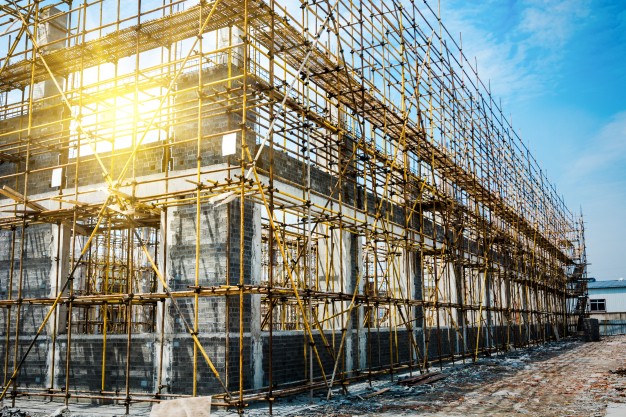
Real Estate investing can be generally be broken down into FIVE categories. But what are these categories and what do they mean?
CORE: Core assets are generally the A quality asset in the A market. These are viewed as the lowest risk because of their age condition and market dynamics. Because of the low risk, they often also generate the lowest returns. The returns from these assets are typically from cash flow and long term, market driven appreciation. The buyers of these assets tend to be institutional and carry low leverage with the intent of holding 10+ years.
CORE PLUS: Compared to CORE, these assets are older and/or in a less desirable market, although still in strong markets and sub-markets with strong population growth, low crime and good schools. Simply stated, these assets will be fully renovated assets with little or no deferred maintenance. When talking about multi-family, the units will be recently renovated and achieving full market rents. In reference to market risk, these assets will typically fall into Class A or B *sub-markets, within major and secondary **MSAs. The returns on these assets are, like CORE, derived primarily from cash flow with long-term, market-driven appreciation. Leverage is still fairly low, but slightly higher than CORE.
VALUE-ADD: VALUE-ADD assets are existing cash-flow assets that have the opportunity to increase in value. The business plan can vary but will always boil down to the increasing income of the asset. Most common in multi-family, the income increases are created through unit renovations, improving or adding common areas (BBQ areas, dog parks, etc.) These assets usually fall into the B and C range and can be found in A, B and C markets.
These assets will quite often have some deferred maintenance that needs to be addressed and often outdated aesthetically or operationally. These assets will often require a capital investment to be brought up to market standards. In regards to the large amount of work and capital infusion, the returns in this class are Raised significantly from CORE PLUS. The returns often come from cash flow and forced appreciation but rely more heavily in appreciation.
OPPORTUNISTIC: Opportunistic assets are the riskiest of the existing asset classes. These assets often have severe deferred maintenance, high vacancy and very little, if any, existing cash flow. Significant construction is performed to bring the property up to market standards. Many times, the property is repurposed within its existing structure; for example, converting a vacant warehouse store into self-storage or apartments.
Relative to the purchase price, leverage is often high for these types of assets. The returns are generated through appreciation.
DEVELOPMENT: Development is the riskiest of ALL asset classes. Typically, developers buy vacant land, but may also buy existing buildings with the intent to demolish the existing and build something new.
Returns for developments are created through forced appreciation.
SOURCE: Best Ever Report #38 – Ashcroft Capital
* In the commercial real estate context, a market is typically a city or an MSA and a submarket is a smaller defined area within the market such as a neighborhood or suburb. The term describes a defined area that is geographically contiguous and does not overlap with other submarkets.
**an MSA is an area having at least one urbanized area of 50,000 or more in population, plus adjacent territory that has a high degree of social and economic integration with the core as measured by commuting ties.
